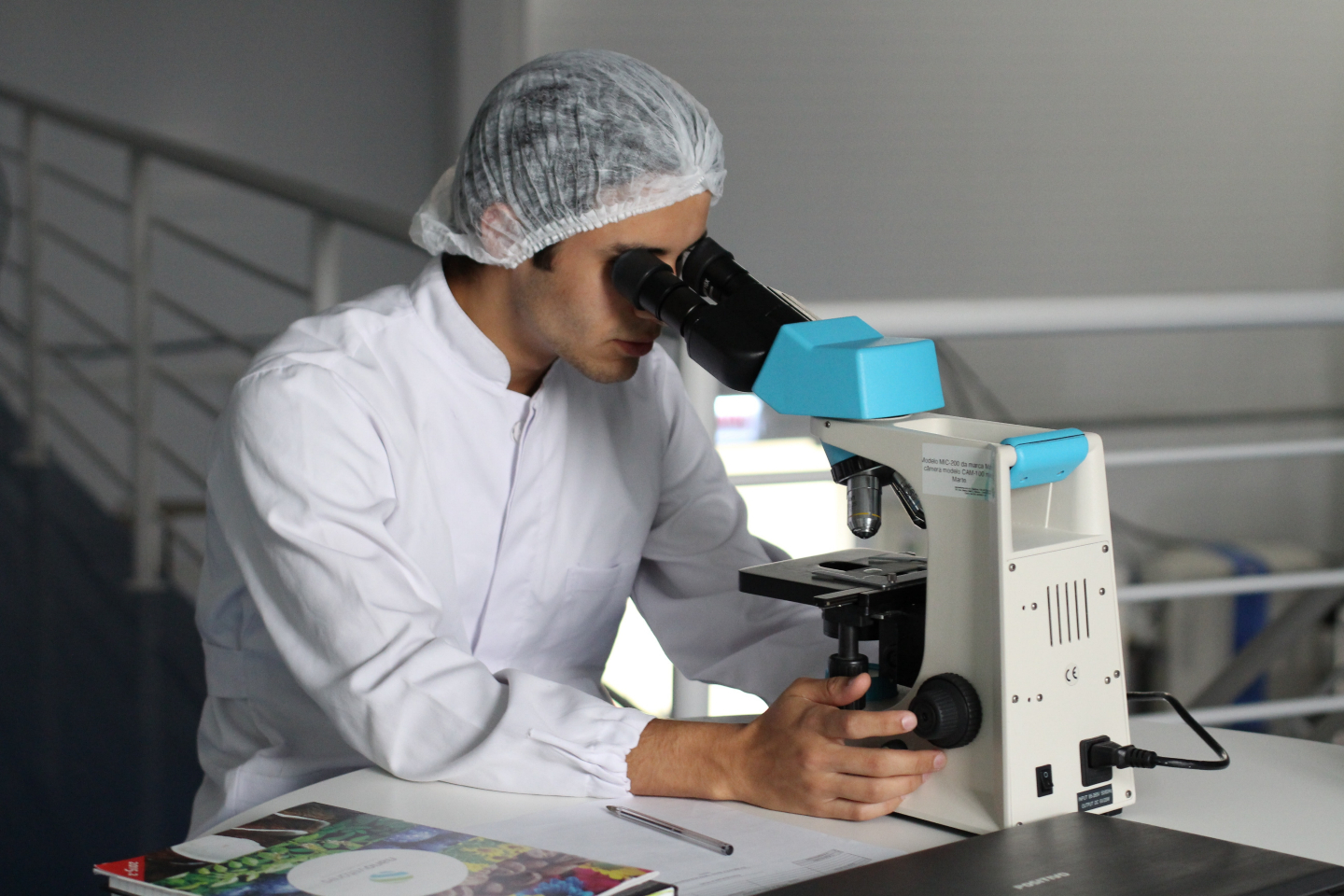Pancreatic cancer patients have been delivered fresh hope following the United States Food and Drug Administration’s decision to clear the way for Radiopharm Theranostics to run clinical trials to address an area of “unmet need”. The imaging trials are designed to detect lesions in patients with pancreatic ductal adenocarcinoma and the first patient is expected to receive dosage by the end of this month.

Pancreatic cancer patients have been delivered fresh hope following the United States Food and Drug Administration’s decision to clear the way for Melbourne-based Radiopharm Theranostics to run clinical trials in New York to address an area of “unmet medical need”.
The company today revealed the USFDA had accepted its revised investigational new drug (IND) application, allowing it to kick off the imaging trials designed to detect lesions in patients with pancreatic ductal adenocarcinoma (PDAC). Phase-one screening is expected to begin next week and the first patient is expected to receive dosage by the end of this month.
The New York State Board of Pharmacy has also granted Radiopharm approval for the Statewide distribution of if its “RAD 301” technology that aims to assist with the imaging and treatment of patients with PDAC.
The study, which precedes the company’s proposed production and distribution of RAD 301, will be conducted at the Montefiore Medical Centre in New York’s Albert Einstein College of Medicine.
Radiopharm Theranostics chief executive officer and managing director Riccardo Canevari said: “We are very pleased that we now have the green light to start our Phase I imaging trial of RAD 301 in patients with pancreatic cancer, one of the highest areas of unmet medical need. The team at the Montefiore Medical Center in NYC is excited and fully committed to conducting this very important clinical trial.”
The USFDA also recently granted the company an orphan drug designation for RAD 301 and its “trivehexin” treatment, highlighting the significant demand for effective imaging agents for improved and earlier diagnosis of pancreatic cancer. Orphan drug designation recipients receive benefits and incentives including tax credits for qualified clinical trials, exemption from user fees and a potential seven years of market exclusivity following the drug’s approval.
The orphan status can be granted by the USFDA for a drug or biologic product with the potential to diagnose, prevent or treat rare diseases and conditions.
Trivehexin is a peptide-based molecule which specifically targets αvβ6-integrin – a cellular marker associated with tumour invasion and metastasis, which correlates with decreased survival rates in several carcinomas. It is often densely present in most pancreatic carcinoma cells, making it an attractive diagnostic and therapeutic target.
Radiopharm says 99 patients have already received trivehexin for compassionate use or under an investigation-initiated trial regimen.
PDAC is one of the most lethal and aggressive diseases, with an average five-year survival rate of less than 10 per cent. Unfortunately, most patients have unresectable, locally advanced, or metastatic disease at the time of diagnosis.
Modifiable risk factors include tobacco exposure, alcohol use, chronic pancreatitis, diet, obesity and diabetes mellitus. Certain abdominal surgeries and infections have also been identified as increasing the risk of PDAC.
Moreover, traditional treatments such as chemotherapy, surgery and radiation have not been shown to significantly improve survival.
Recently, there has been an increase in cancer treatments incorporating immunotherapy-based strategies to target tumour initiation and progression. It has produced encouraging results in melanoma, non-small-cell lung cancer and renal cell carcinoma.
However, the application of checkpoint inhibitors in pancreatic cancer has been disappointing. But it is believed that combination therapies hold great promise for enhancing immune responses to achieve a better therapeutic effect.
The hope offered by such treatments will be greatly enhanced by application of earlier and more precise identification and the targeting of cancerous pancreatic lesions – which may just be forthcoming with Radiopharm’s RAD 301 imaging.
Is your ASX-listed company doing something interesting? Contact: matt.birney@businessnews.com.au













